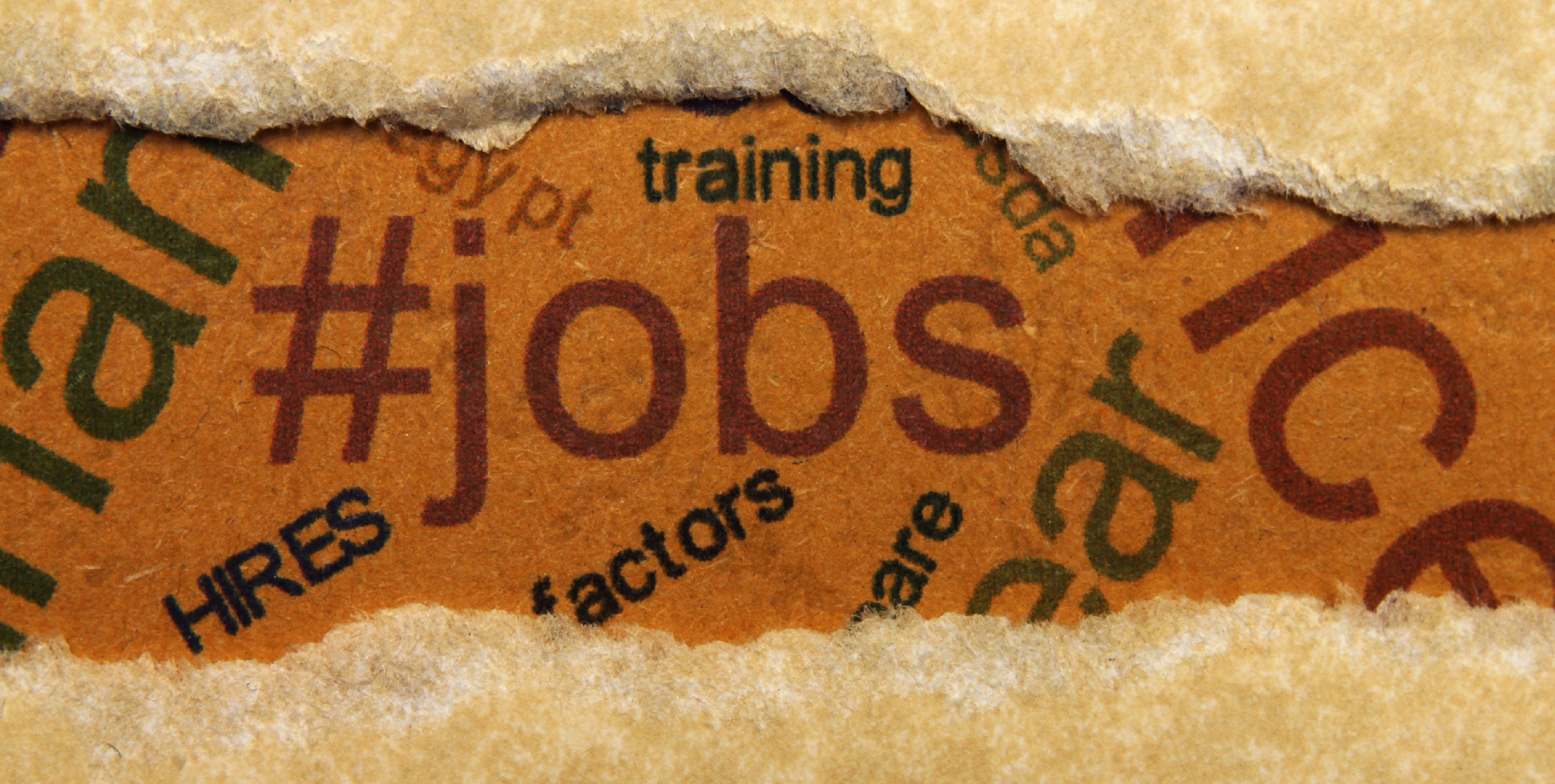July 2017 Employment Situation
Submitted by Atlas Indicators Investment Advisors on August 4th, 2017
America’s jobs market started off strong in the second half of this year. According to the Bureau of Labor Statistics, our nation added 209,000 net new jobs in July 2017. These newly filled positions helped push the country’s unemployment rate down to just 4.3 percent, an improvement of one-tenth percent versus June. Headlines are often deceiving, but even the minutia beneath the headlines looked promising.
Hiring was strong in several areas of the economy. Food and drinking places added 53,000 in July, and 313,000 in the past year. Professional and business services tacked on 49,000 employees and nearly 600,000 since a year earlier. Healthcare firms hired 39,000 net new workers, and added 327,000 in the past twelve months.
Data on labor force participation was positive in the period. Currently 62.9 percent of the civilian non-institutional population is in the labor force, an increase of one-tenth percent versus June. While this measure improved by the same amount in the past twelve months (suggesting the trend is flat), there are 1.2 million more workers in the labor force and an additional 1.97 million employed.
Wage data were strong in the period. The average hourly earnings for all employees rose $0.09 to $26.36. In the past year, this measure increased $0.65, so this latest uptick moved much faster than the average over the past twelve months. These higher wages did not cause employers to cut hours either as the average workweek remained unchanged at 34.5 hours.
There were revisions to the prior two periods which show the payroll growth from May through June was 2,000 more than earlier tallies estimated. May’s count was revised lower by 7,000 to 145,000, but June was upwardly revised to 231,000 from 222,000.
Overall, this is a positive report for the labor market. This release had something for everybody. Both headline figures moved in a positive direction, hiring was up and the unemployment rate down. Wage growth accelerated, somewhat redeeming those clinging to the Philip’s Curve Theory which predicts higher wages should accompany lower rates of unemployment. In short, America’s labor market continued improving.

